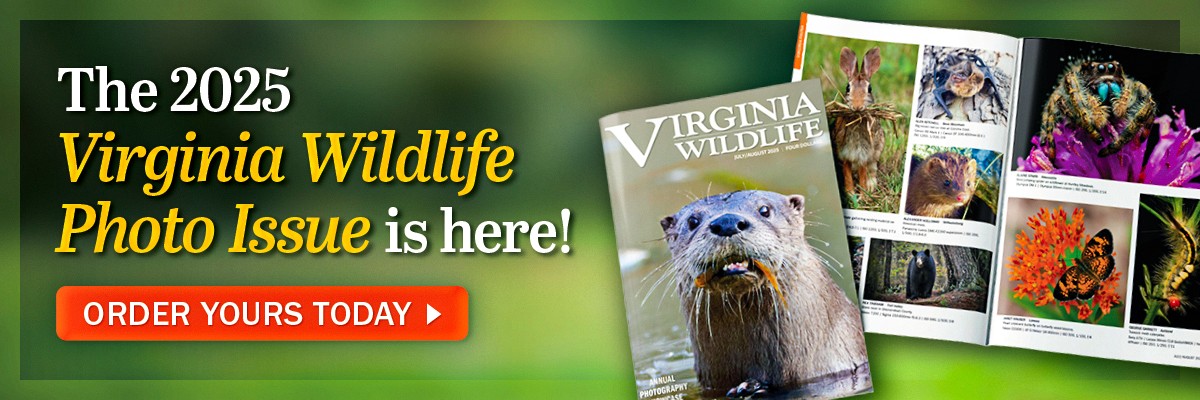 Although spring is struggling to get going this year, some species of frog are coming to the end of their breeding season and you may be able to find their egg masses and tadpoles. Frog egg masses vary between species in both the number of individual eggs and their structure.
Although spring is struggling to get going this year, some species of frog are coming to the end of their breeding season and you may be able to find their egg masses and tadpoles. Frog egg masses vary between species in both the number of individual eggs and their structure.
Depending on where you live in the Commonwealth, the most commonly encountered and noticeable frog egg masses at this time of year will be that of the Southern Leopard Frog and Wood Frog. They appear as jelly-like globs floating on or near the surface of the water. A single female Southern Leopard Frog may deposit up to 3,000 eggs in one egg mass! Early on in the breeding season they may deposit them in communal egg masses, which are believed to provide some thermal advantage and expedite the development of the tadpole. However, no species of frog in Virginia exemplifies communal breeding like the Wood Frog. These “explosive breeders” deposit tens-of-thousands of eggs in communal egg masses that may measure 10 feet or more across!
Right now, it is also possible that you may find some tadpoles that overwintered and are still developing. Bullfrog tadpoles take up to two years to develop into froglets, while Green Frog and Carpenter Frog take up to a year to develop into froglets. These tadpoles can be very large. For example, a second-year Bullfrog tadpole may be over 4 inches long. With the warmer weather, be on the alert to soon hear the choruses of toads and other frogs.

Want even more frog facts and calls? Check out our Guide to the Frogs and Toads of Virginia, available from ShopDGIF.com, a 44-page field guide that covers all 27 species of frogs and toads that inhabit Virginia. Their calls have been captured on a high quality CD that can be easily listened to in the field, classroom, or at home!


